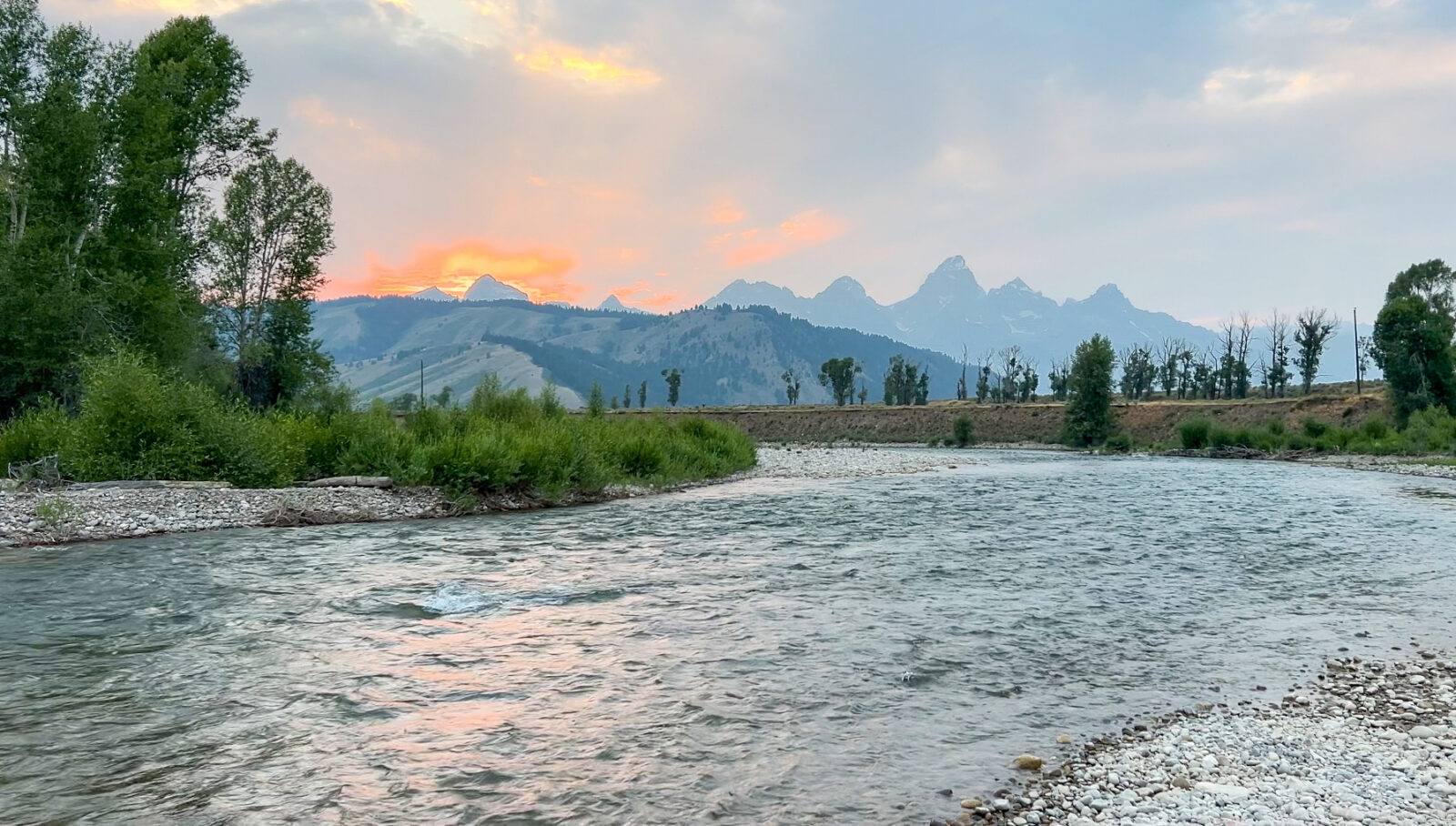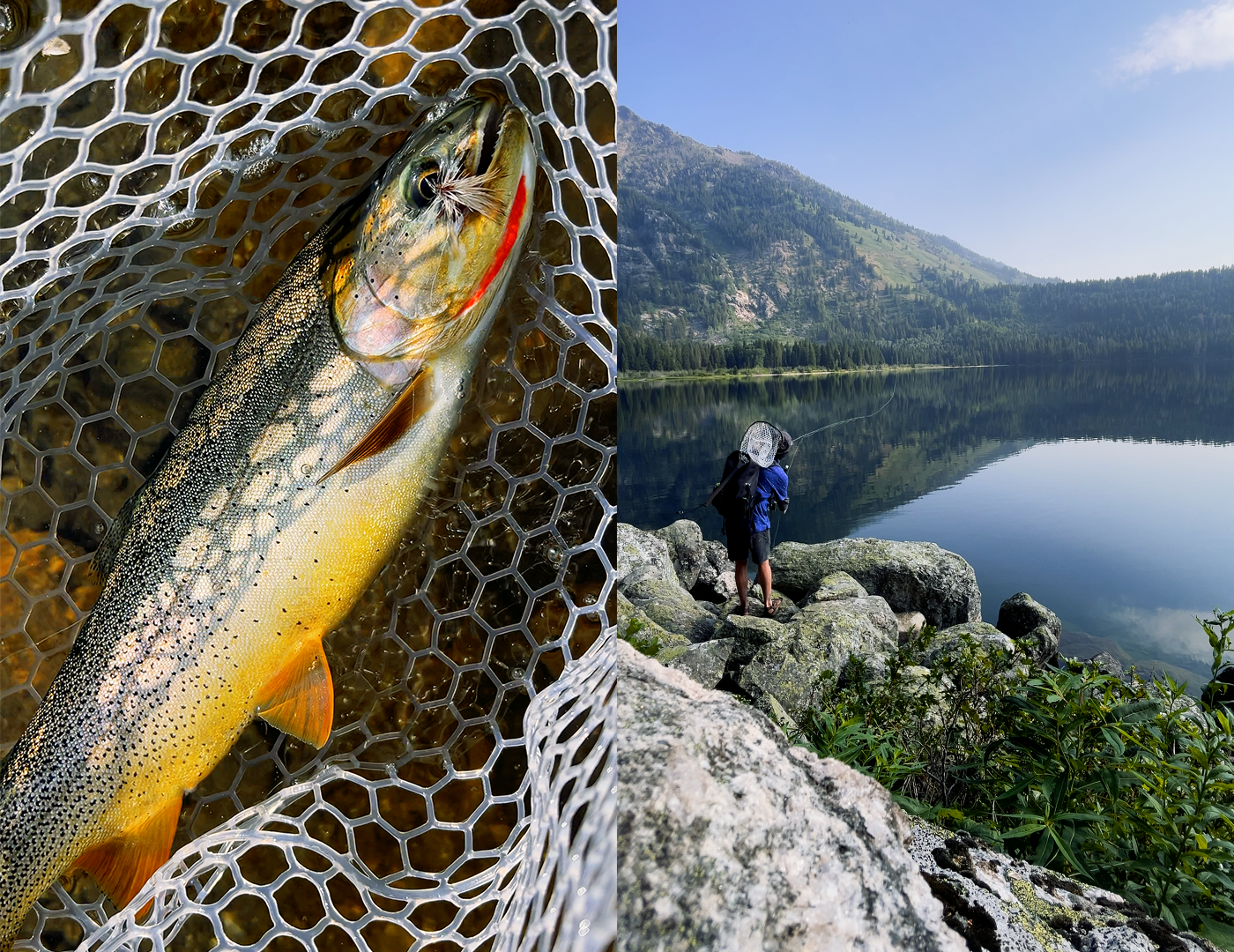From September 1 – 30, ADRC’s Art Expression Art Exhibit will be displayed at the Islip Arts Council Gallery in the South Shore Mall in Bay Shore. A Reception for dignitaries, artists, and their families will be held on Friday, September 20 from 1 – 3pm at the Gallery. All are welcome to join us as we celebrate our Artists and their memories. Over 100 pieces of artwork will be displayed from 20 different organizations serving those impacted by dementia on Long Island. Please join us. 
Aug 16, 2024
Over 200 times, the Old Testament describes God as the Lord of hosts. David used this term more than anyone, and with good reason. David said, “The Lord of hosts is with me.” The Word of God is true—trust it more than anything else. Believe me when I tell you that your Good Father is much closer than you think. Believe that He is more committed than you think. And believe that God is more ambitious than you think.
Believe in God’s mighty Word. At times, you may have problems with words. You may get into disputing other people’s words. Did you ever hear anyone call someone else a liar? It is easy not to have a lot of confidence in people’s words. However, your mistrust of others will desensitize you to the words of God, so when you hear His words, you don’t trust them as you should. Before you go to sleep at night, let the last words that go into your spirit be the words of God. David declared: “The Lord of hosts is with us” (Psalm 46:11, KJV). In Hebrew, the word host means “an army ready and poised for battle.” David also said, “I am kept. The Lord keeps me.” The word kept in Hebrew means “to hedge about as with thorns, to guard, to protect, to attend to.”
What is God saying to you today? Can you hear Him? Listen, He is saying, “Will you allow Me to be the Lord of hosts in your life?” Many Christians do not have a philosophy by which they live—no objectives or goals. One positive thing I can say about my life is that I am focused. When God tells me to do something, nothing in this world can persuade me not to do it. Why is that important? Because many people miss the blessings of God by allowing themselves to be distracted. They stop focusing on God and turn their attention to something else.
Encourage yourself in the Lord. In 1 Samuel 30:6, we read that although David was greatly distressed, he encouraged himself in the Lord. Let me ask you this: Who says we must depend upon each other for encouragement? The world around us is totally co-dependent; it knows nothing of the Good Father’s Word and His ability to encourage and strengthen us. There is a dynamic truth in the Lord Jesus Christ and in His word that you learn when you are discouraged. Let me give you an example: When you die, I can’t do anything about it. No one can carry you through the valley of the shadow of death, except Jesus. This is a private matter between you and Him. You can reach out to people for support, but there is a great difference in having a support system and being co-dependent. Encourage yourself in the Lord.
Ephesians 3:16 says, “That he would grant YOU, according to the riches of his glory, to be strengthened with might by his Spirit in the inner man.” Verse 20 says, “Now unto HIM that is able to do exceedingly abundantly above all that we ask or think according to the power that worketh in us” (capitalization added). One of the main reasons some Christians live in continual defeat is because they are ignorant regarding the sovereignty of Christ. They have not developed an intimacy with the Lord Jesus Christ. They do not walk and talk with Him. How can you encourage yourself in the Lord? The only way is to spend time with Him.
You cannot be encouraged in the Lord if you are not nurturing your relationship with Him. You encourage yourself when you are walking with the Lord. If you are going to walk in the kingdom of God on a daily basis, you cannot make the church or any individual your source. You cannot make your wife or your husband your source. No one can be your source but the Lord. If you make the Lord your Source, you will have a breakthrough. Encourage yourself.












